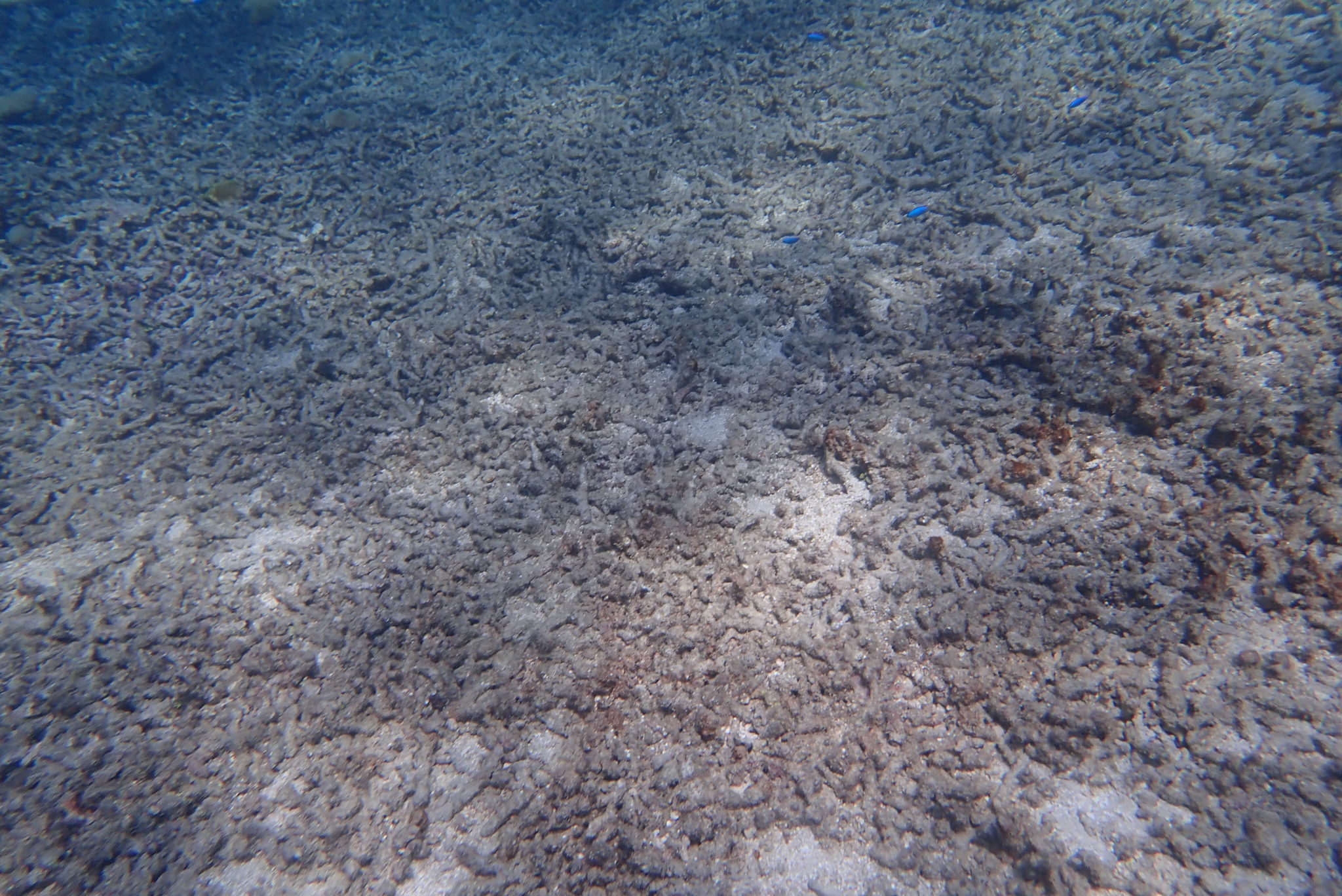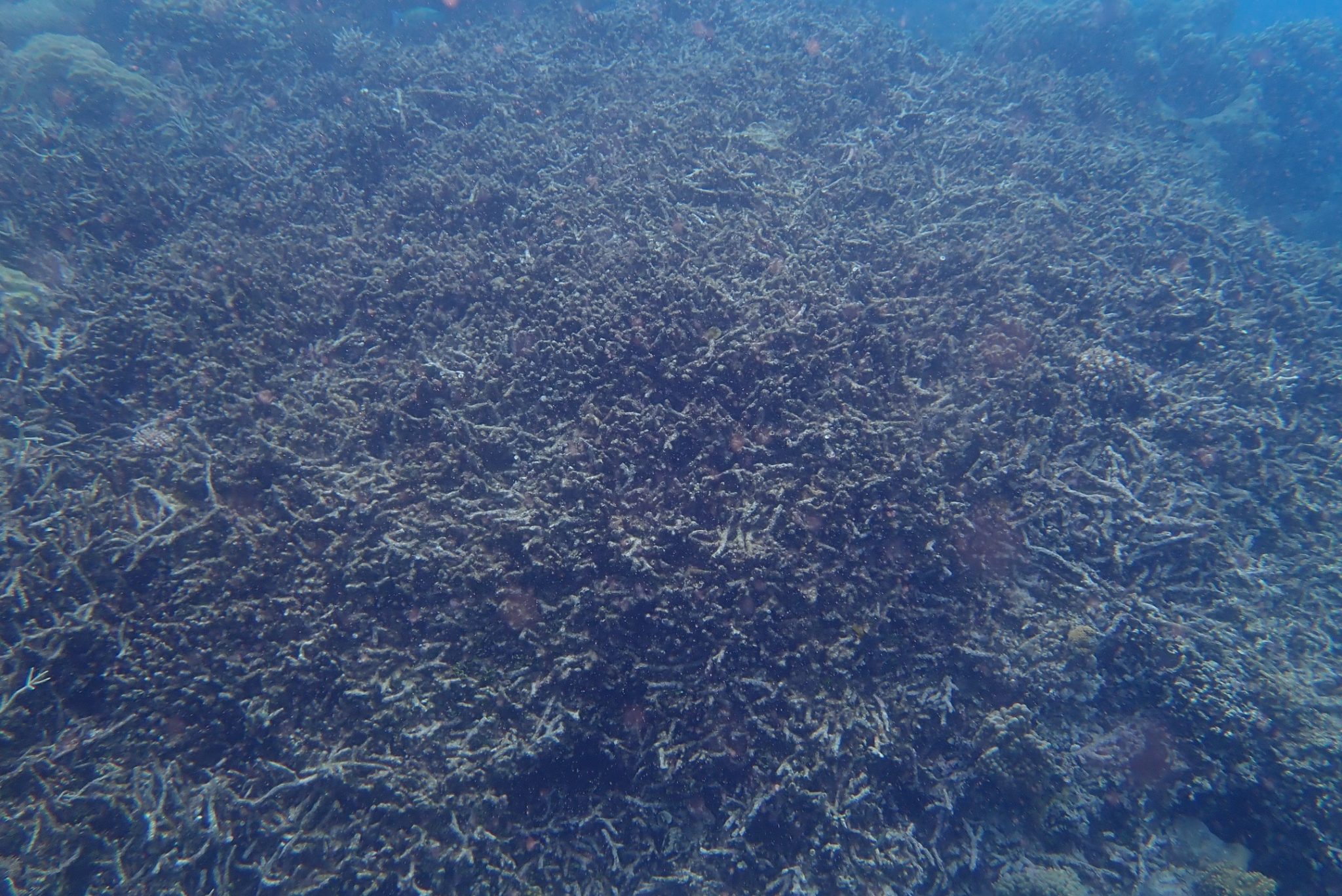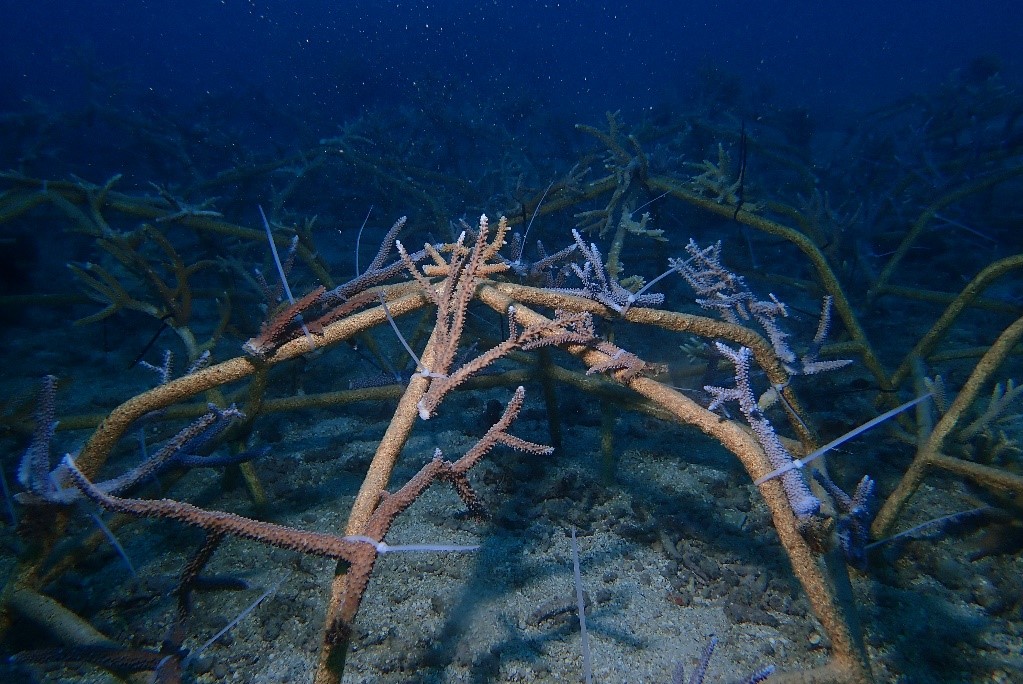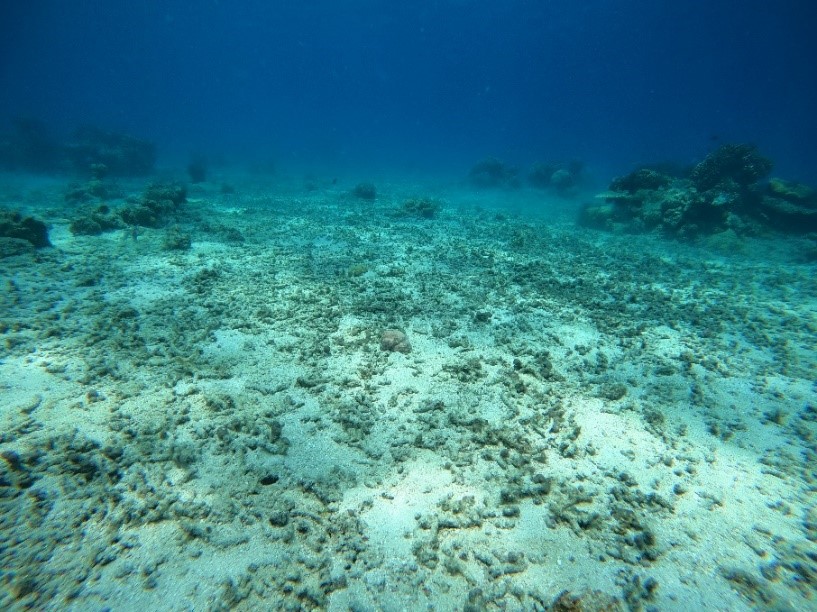In 2018 the total Coral reefs area in Indonesia was estimated to be around 2.5 million hectares[1], that amounts to 18% of the world’s coral reefs. Unfortunately, almost 45% of them are now in the high-risk category and more than 50% of coral covers have been wiped out in the past 30 years due to climate change and human-caused damages[2]like blast fishing.
Blast fishing is a prevalent and serious issue in Indonesia, an archipelagic country with rich marine biodiversity. Also known as dynamite fishing, it uses toxic explosive materials that destroy coral reefs and protected marine animals have often fallen victim to this destructive fishing practice.
The destruction of coral reefs has a long-term impact on marine ecosystems and has major economic consequences for the tourism sector as well as the local economy; the annual financial losses caused by blast fishing amount to $50,000 for the country’s tourism sector and $100,000 for income from fishing.[3]
Fishermen in Kiabu who saw firsthand the use of explosives around Kiabu Island in the past told us that corals were destroyed in an instant; fish, clams, starfish and other underwater animals died or became sick, causing a significant fall in local seafood prices.


However, blast fishing is a thing of the past now in Kiabu Village as villagers are now more aware of the negative impact of blast fishing. The fishermen here have embraced sustainable fishing and a routine patrol by POKMASWAS (Local Monitoring Society) has discouraged bad fishers from other islands to do dynamite fishing on Kiabu Island.
The reefs in Kiabu Island are slowly recovering but it’s going to take a long time and a lot of effort for them to fully heal and thrive. Our Marine Conservation team is doing their part in helping to restore coral reefs around Kiabu Island that have been destroyed due to past blast fishing activities; for now our focus is to restore the reefs in two locations: Gembili Island and Ant Island.
From this year’s Reef Health Monitoring (RHM) in Gembili we discovered piles of coral rubbles lying on the seafloor even though the island is located in the core zone. Because Gembili is inside a protected area, so in order for us to do conservation work here we first have to request permission from LOKA; we’ve submitted ours and are currently waiting for their approval.
Around seven to eight kilometers from Gembili is the Ant Island where four hectares of coral reef area were destroyed by blast fishing. Our coral restoration work is currently ongoing here. We use coral spiders to restore the reefs by attaching coral fragments to them. According to research, coral spiders are effective in improving the condition of damaged coral reefs in large areas by increasing coral diversity and covers. So far there are 39 coral spiders that we’ve placed in Ant Island. Other than the annual RHM we also visit them regularly to clean them.

Our work is far from done, there are still other areas in Anambas where blast fishing remains rampant. Apart from our restoration work, we work together with local marine authorities to curb the activity and we also educate Anambas communities on the dangers of blast fishing and encourage their participation in our conservation activities.
Sources:
[1] Hadi, T. A., Giyanto, Prayudha, B., Hafizt, M., Budiyanto, A. dan Suharsono. 2018. Status Terumbu Karang Indonesia 2018. Lembaga Ilmu Pengetahuan Indonesia.
[2] Spalding, M.D., C. Ravilious and E.P. Green. 2001. World atlas of coral reefs. UNEP-WCMC,424 hlm.
[3] https://www.thejakartapost.com/life/2017/05/02/the-high-cost-of-destructive-fishing-practices.html)

